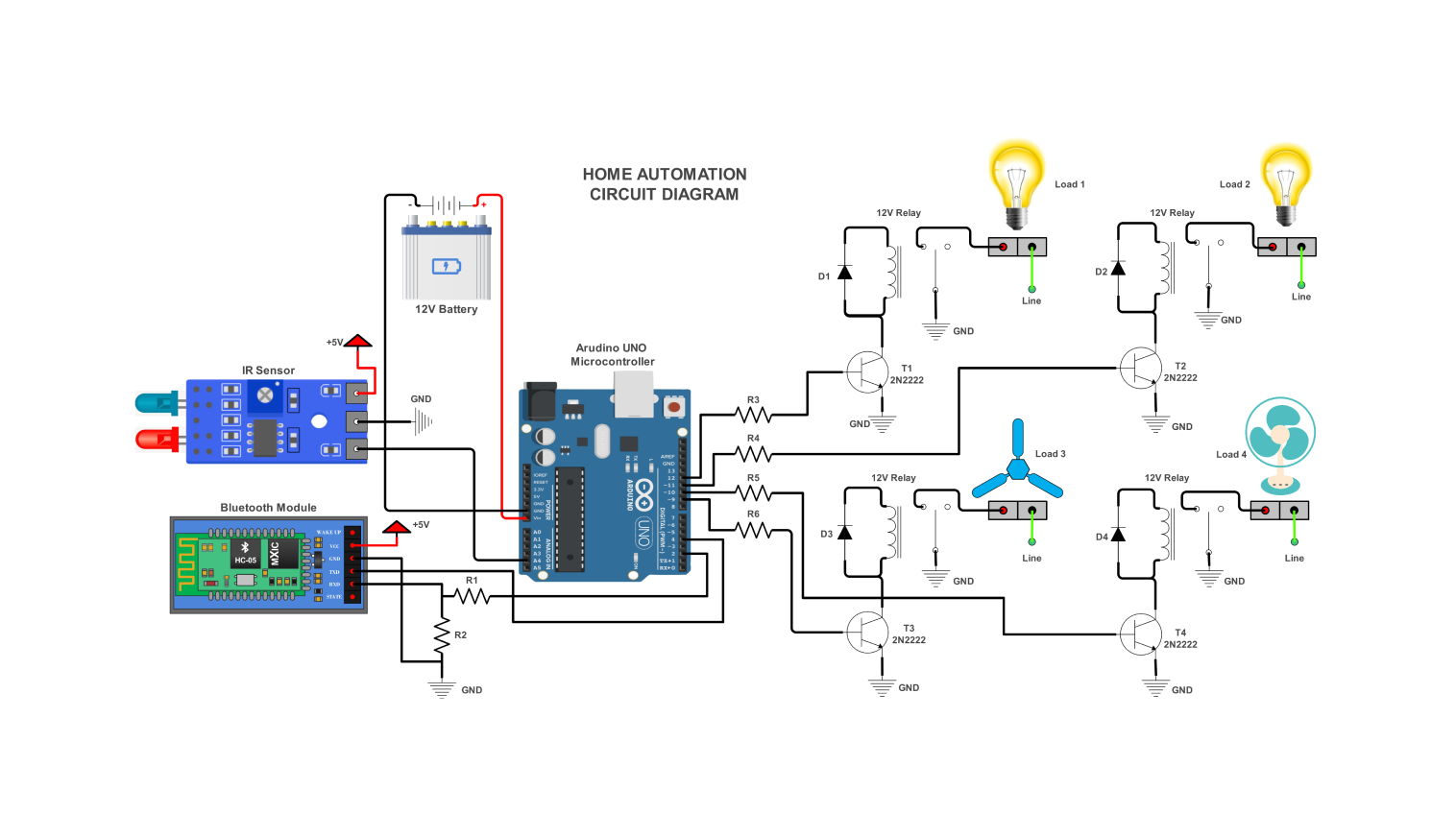
How to Create a Home Automation Circuit
Welcome to our guide on creating your own home automation circuit! Home automation has become increasingly popular in recent years, allowing homeowners to control various aspects of their homes with just the touch of a button. In this article, we will walk you through the process of designing and building a simple home automation circuit that you can customize to fit your needs.
Before we begin, it’s important to note that this project requires some basic knowledge of electronics and programming. If you’re new to the world of DIY electronics, don’t worry – we’ll explain everything in a way that’s easy to understand.
Step 1: Gather Your Materials
To create your home automation circuit, you will need the following materials:
- Arduino microcontroller
- Relay module
- Jumper wires
- Breadboard
- LEDs
- Resistors
Step 2: Set Up Your Arduino
Start by setting up your Arduino microcontroller on the breadboard. Connect the relay module to the Arduino using jumper wires, and make sure everything is securely in place.
Step 3: Program Your Arduino
Next, program your Arduino to control the relay module. You can find sample code online or create your own based on your specific needs. Upload the code to your Arduino and test to make sure everything is working properly.
Step 4: Connect Your Devices
Once your Arduino is programmed, you can begin connecting your devices to the relay module. This could include lights, fans, or other appliances that you want to control remotely.
Step 5: Test Your Circuit
Before completing your home automation circuit, it’s important to thoroughly test everything to ensure it functions as expected. Make any necessary adjustments and troubleshoot any issues that arise.
Step 6: Customize Your Circuit
Now that you have a working home automation circuit, feel free to customize it to fit your unique needs. Add sensors, timers, or other components to make your system even more advanced.
With your new home automation circuit up and running, you can enjoy the convenience and control that it provides. Whether you want to turn off the lights from the comfort of your bed or adjust the thermostat while away from home, the possibilities are endless!
We hope this guide has been helpful in showing you how to create a home automation circuit. Have fun experimenting and exploring the world of DIY electronics!
Was this helpful?
0 / 0